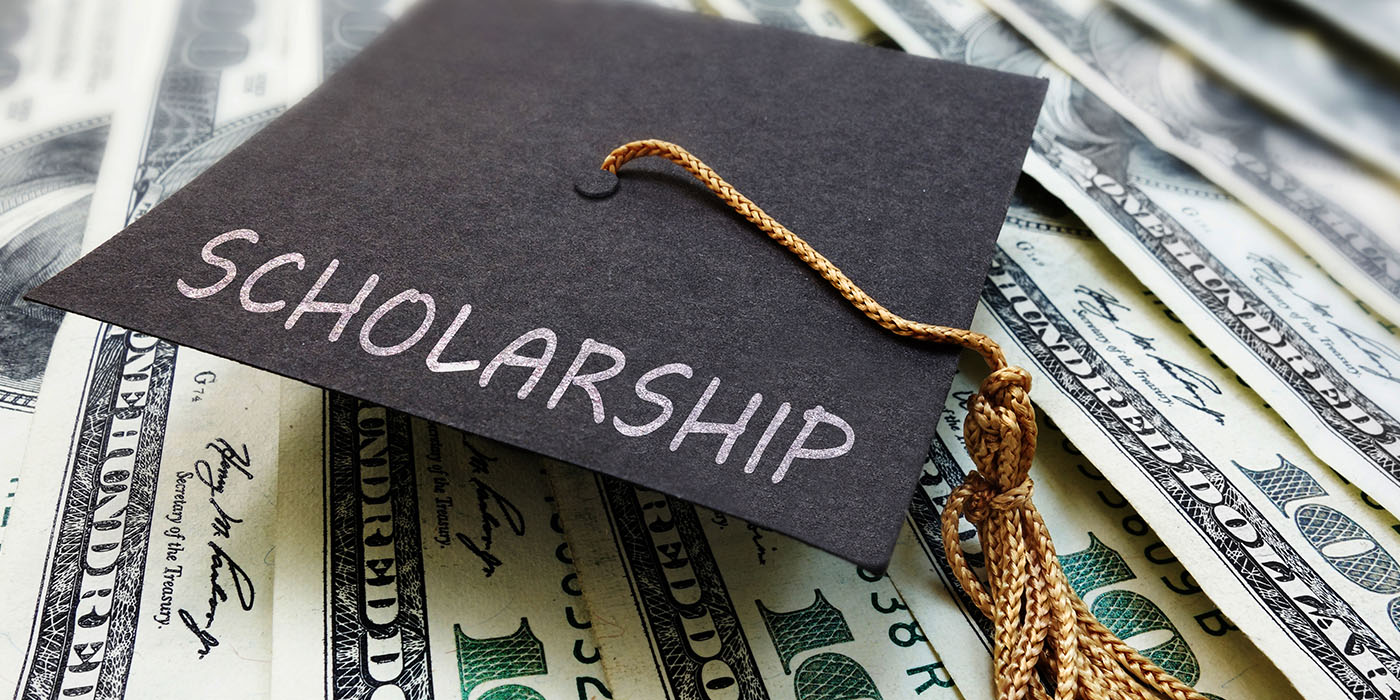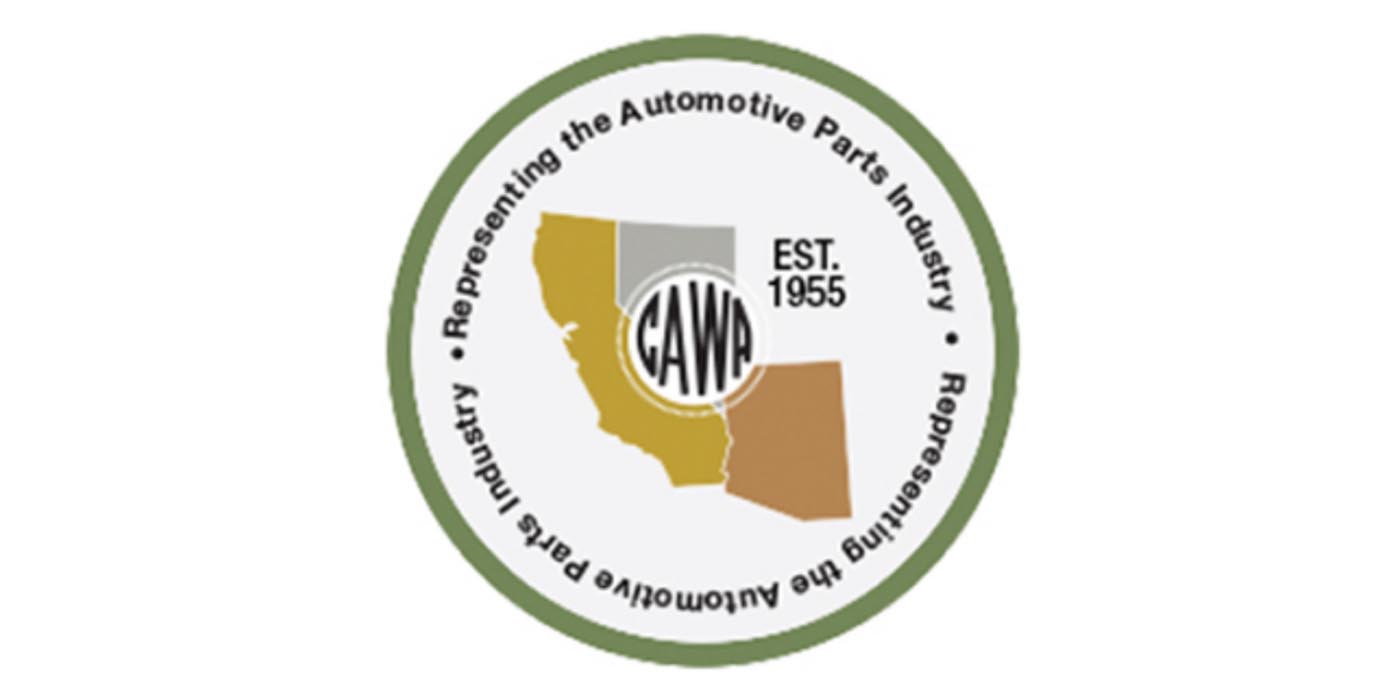The California Automotive Wholesalers Association (CAWA) plays a critical role in advocating for the interests of the independent aftermarket in Sacramento and far beyond. In 2022, CAWA formed an eCommerce Task Force to identify and address the unmet needs of the industry to successfully confront the challenges of digital commerce. The Task Force published an Executive Whitepaper at the recent Leadership & Education Forum in Napa, California. What follows is excerpted from the whitepaper.
In the last decade, the online sales channel for automotive parts and accessories in the U.S., or eCommerce, has grown from a few billion dollars in annual sales to over $30 billion in 2022.* In that same period the industry adoption of the data exchange standards – ACES and PIES – has become more widespread and commonplace. The good news is that the aftermarket has a robust voluntary industry standard for the exchange of vehicle fitment (application) information and for product attribute and other product-specific content. The reality, however, is that the standards were designed for a world that existed at the dawn of the 21st Century.
Online commerce is the fastest growing sales channel in the aftermarket and has far outpaced the growth of the overall market. The needs of online customers, especially consumers (B2C), are not fully met by the product content authored for a world when brick and mortar locations accounted for over 95% share of retail sales. Today, the online sales channel for auto parts and accessories commands a 20% share of retail sales.* Brands need to develop and author product content that is more visual, descriptive, and anticipates the needs and questions of the automotive enthusiast and weekend mechanic when browsing online.
Every business leader knows if you’re not continuously moving forward, you are falling behind, relative to your competitors and peers. This is especially true in the fast-evolving world of technology and eCommerce. Your customers’ needs for product content to make an informed purchase are different when they shop online versus in a retail store. Brands need to meet their customers where they are at, and tailor product content to meet the unique needs of their channel of choice – this is at the core of Omnichannel.
The major differences between meeting the needs of a Brick-and-Mortar retail customer versus a consumer shopping online comes down to three things: 1) The online customer does not have the benefit of a knowledgeable store associate to guide their purchase decision; 2) 85% of consumers begin their purchase journey online, conducting product research across multiple retailers and manufacturers’ branded web sites, regardless of where they intend to make their ultimate purchase**; and, 3) In the absence of rich product content, when a consumer is confronted with multiple brands or grades of product for their application, “price is boss.”
Since you have no way of knowing where the next consumer will be researching their next purchase of your brand online, brand owners must have a strategy to ensure that the best brand story and rich, complete product content are continuously updated through all channels from the registered brand authority – you. And, if an online shopper is ever going to select something besides the lowest-priced product, the product content must sell the added value and put the sizzle on the steak.
“Product Content” is a broad term that covers everything a brand may want to convey about its product. So, where should a brand focus their marketing and content dollars to close the gap and fully meet the needs of online buyers?
• Descriptions and market copy: write original and imaginative text about your company (years of experience and expertise); the brand (innovative design and race-proven); the product series (problem-solving parts that deliver exceptional performance).
• Share all of your technical and engineering expertise that a consumer may benefit from in defining the performance and physical attributes of your products. A lot of effort has gone into supporting the need to convey color, material, maximum rpm, style, grade and a host of other product-specific attributes and valid values. Brands must make more use of this critical PIES segment to ensure a good customer experience and proper product selection online.
• Increasingly, HAZMAT and regulatory compliance is mandated by trading partners, even if it is not by the state or jurisdiction. Failure to comply with California Prop 65 regulations carried hefty penalties. The return on investments in publishing regulatory content is obvious regardless of the customer or where the sale is made.
Brands are encouraged to lobby marketplaces for the authority to manage the content of their brands. The various marketplaces have a process for brands to register as the owner of their product content and overwrite the old, incomplete content that may have been provided by a well-intended distributor in an effort to add to their listings and make some sales. No one knows the product better or has more at stake in the marketplace than the brand owner. Aggressively fight for the right to defend your brand online and be the recognized authority for what appears online.
Every reader of this has likely made significant investments in their catalog and product content systems and processes over the past decade. PIM systems, data pools and trading partner requirements have carved out a sizable line item in the marketing budget. But, authoring product content is not a one and done proposition. The world keeps changing and how consumers search and buy your product keeps changing with it. Remember, if you’re not moving forward, you are moving backward relative to your competition and peers.
To view the Executive Whitepaper, CLICK HERE.














